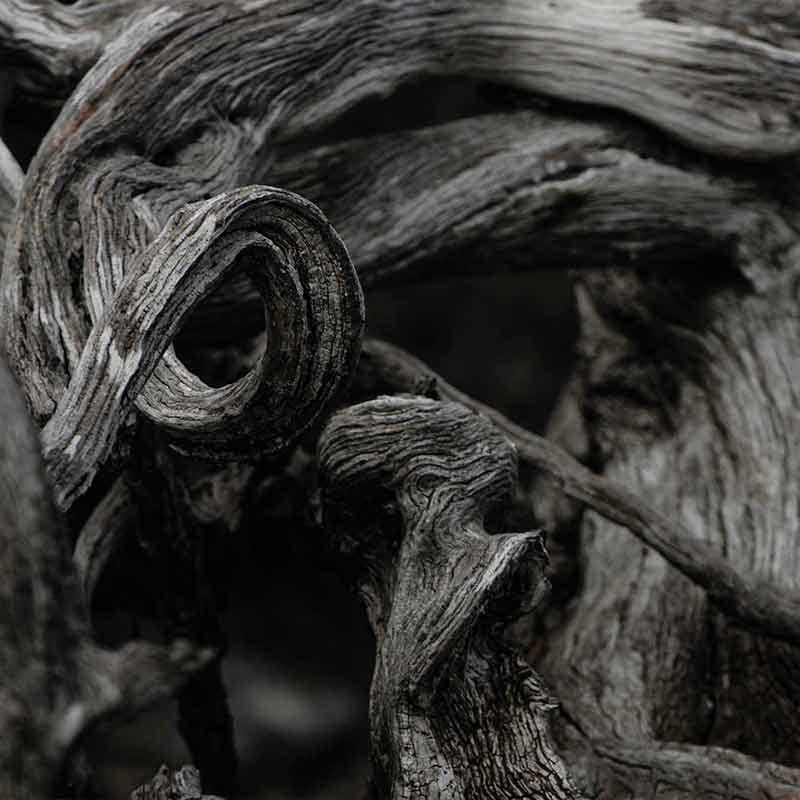There are primarily 7 fragrance families, based on their direction and unique character.
These fragrance families are categories along which perfumes can be classified, complemented by specific olfactory facets that enrich the composition of a fragrance.

Fragrances from the aromatic family are, as the name suggests, rich in aromas. They include a bouquet of aromatic herbs (thyme, lavender, sage, etc.). Particularly favored by men, they provide a masculine quality, often associated with citrusy accords.
This family is characterized by a distinct and comforting woodsy scent, with a genuine warmth that is sensual yet dry and balanced. Woody fragrances are notably mysterious and greatly appeal to the masculine crowd. Major ingredients in their composition include patchouli, sandalwood, cedar, and vetiver. Often, they can exhibit multiple facets, leading to surprising and elegant results. One could mention "Mademoiselle Ricci" as one of the few feminine woody fragrances.


This family takes its name from the first 'Chypre', launched by François Coty in 1917. Mainly based on accords of oakmoss or cistus labdanum, the chypre are strong, easily recognisable fragrances that can be softened by mixing them with other accords.
This is the most important olfactory family in perfumery. Since its main theme is flowers, it reflects them, with delicate, feminine, natural and pure scents. A floral fragrance can be soliflorous (based on the scent of a single flower) or based around a bouquet of carefully selected species. Floral fragrances are particularly popular, especially with women. They are a family of iconic fragrances.


The first fragrance in this family is called "Fougère Royale" and dates back to 1882. Predominantly masculine, fragrances in this family are not solely based on the pure scent of fern. They encompass accords like oakmoss, bergamot, and geranium.
The first hesperidic fragrances are, of course, the famous Eaux de Cologne that we are familiar with. This family refers to the accords found in citrus zest (grapefruit, lime, lemon, orange, mandarin, etc.), leaving a particularly pleasant and tangy trail, akin to a breath of freshness.


Based on warm notes such as vanilla or oud, these accords can be a little heavier than their predecessors, without losing their infinite sweetness. Oriental fragrances are based on sun-kissed flowers and numerous oriental spices, for a finish that is both elegant and sensual. Often associated with an amber or even golden facet, the oriental are often powdery fragrances, focusing on the idea of seduction.

Nous vous accueillons dans notre nouvel espace
Our new location is :
21, rue des Écouffes – Paris 04 – Métro Hôtel de Ville
Permanence téléphonique assurée au 01.40.29.90.84